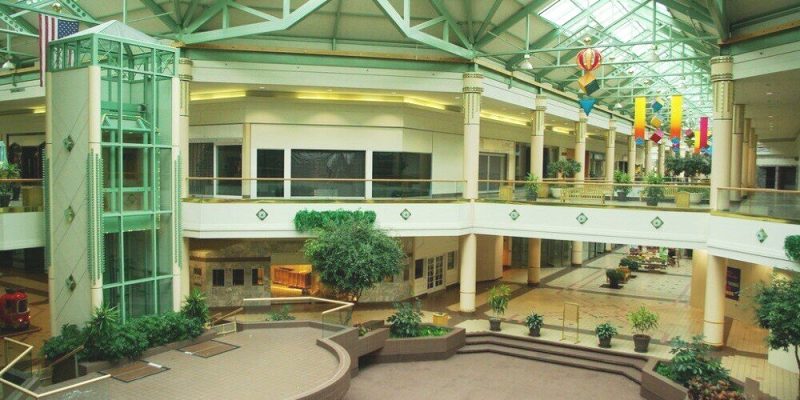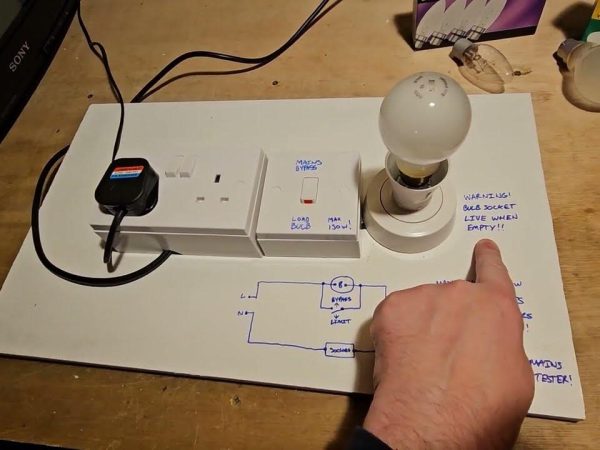Mall Aesthetic: Designing Engaging Spaces That Enhance Customer Experience

In the competitive world of retail, a shopping mall is much more than a collection of stores—it’s an experience. The mall aesthetic, encompassing the design, layout, and ambiance, plays a crucial role in attracting visitors and keeping them engaged. A visually appealing mall not only enhances foot traffic but also encourages customers to spend more time and money.
From grand architectural designs to curated interior elements, malls are leveraging aesthetics to stand out in an ever-changing retail landscape. This article explores the importance of mall aesthetics, key design elements, and emerging trends shaping the future of shopping spaces.
What Is Mall Aesthetic?
Mall aesthetic refers to the visual and sensory design of a shopping center, including its architecture, interior décor, lighting, and overall ambiance. It creates an emotional connection with visitors, encouraging them to explore, shop, and relax.
Key Elements of Mall Aesthetic
- Architectural Design: The structure and layout of the mall, from grand entrances to open atriums.
- Lighting: Combining natural and artificial light to create a welcoming atmosphere.
- Interior Design: Use of colors, textures, furniture, and decorative elements to enhance visual appeal.
- Brand Integration: Seamless blending of tenant branding with the mall’s overall theme.
- Landscaping: Green spaces, water features, and outdoor areas to add a touch of nature.
Why Mall Aesthetic Matters
An engaging mall aesthetic is more than just eye candy—it has a measurable impact on business outcomes.
Attracts Visitors
A well-designed mall draws customers who are looking for a pleasant shopping experience. Unique and Instagram-worthy design elements can serve as a magnet for foot traffic.
Enhances Customer Experience
Aesthetic design creates a comfortable and enjoyable environment, encouraging visitors to stay longer and explore more stores.
Boosts Brand Perception
Malls with a cohesive and modern aesthetic elevate their brand image, positioning themselves as premium destinations.
Increases Sales Opportunities
When visitors feel relaxed and engaged, they are more likely to make purchases, benefiting both retailers and the mall itself.
Key Elements of Modern Mall Aesthetic
Open and Airy Layouts
- Wide walkways and open atriums create a sense of space and reduce crowding.
- Incorporating glass ceilings or skylights allows for natural light, adding warmth to the environment.
Unique Themes
- Some malls adopt specific themes, such as luxury, sustainability, or cultural heritage, to stand out.
- Examples: The Venetian in Las Vegas (Italian-inspired) or Mall of the Emirates in Dubai (luxury-focused).
Interactive Features
- Installations like digital screens, interactive kiosks, and art displays provide entertainment and engagement.
- Example: Mall of America’s indoor amusement park enhances its appeal beyond shopping.
Green Spaces and Biophilic Design
- Adding indoor gardens, living walls, and water features creates a calming and natural vibe.
- Incorporating outdoor seating areas and plazas encourages social interaction.
Focus on Lighting
- Layered lighting, combining ambient, accent, and task lights, highlights key areas while maintaining a soothing atmosphere.
- LED and energy-efficient lighting align with sustainability goals.
Comfortable Seating Areas
- Cozy lounge spaces with modern furniture allow shoppers to rest and socialize.
- Strategically placed seating near food courts, entrances, and central hubs enhances convenience.
Art and Culture Integration
- Public art installations, murals, and sculptures add an element of sophistication.
- Hosting cultural events or exhibitions ties the aesthetic to community engagement.
Emerging Trends in Mall Aesthetics
Sustainable Design
- Malls are incorporating eco-friendly materials and energy-efficient technologies.
- Solar panels, rainwater harvesting systems, and recycling stations promote sustainability.
Digital and Smart Features
- Interactive digital signage and AR/VR experiences personalize the shopping journey.
- Smart technology, such as app-based navigation and contactless payment systems, enhances convenience.
Mixed-Use Spaces
- Many malls are integrating residential, office, and entertainment spaces to create multifunctional environments.
- Example: Hudson Yards in New York combines luxury shopping with dining, residential, and office spaces.
Pop-Up Stores and Experiential Retail
- Temporary pop-ups add variety and excitement, keeping the mall dynamic and trendy.
- Experiential retail spaces, such as virtual reality stores or DIY workshops, offer unique visitor experiences.
How to Create an Effective Mall Aesthetic
Understand Your Audience
- Cater to your target demographic, whether it’s families, millennials, or luxury shoppers.
- Conduct surveys or studies to understand visitor preferences.
Invest in Professional Design
- Work with architects and interior designers who specialize in retail spaces.
- Prioritize designs that are both functional and visually stunning.
Blend Functionality with Beauty
- Ensure the aesthetic aligns with practical needs, such as navigation, safety, and accessibility.
Embrace Technology
- Use technology for digital displays, wayfinding apps, and interactive entertainment.
- Incorporate Wi-Fi and charging stations to keep visitors connected.
Examples of Iconic Mall Aesthetics
The Dubai Mall (UAE)
- Features luxurious interiors, an aquarium, and a massive indoor waterfall.
The Grove (Los Angeles, USA)
- Open-air design with charming streetscapes and greenery.
Ion Orchard (Singapore)
- Ultra-modern architecture with a futuristic façade and premium interiors.
Conclusion
The mall aesthetic is a critical factor in creating memorable and engaging shopping experiences. By incorporating modern design elements, sustainability, and innovative technology, malls can attract visitors, boost brand loyalty, and remain relevant in an evolving retail landscape.
Whether you’re a mall developer, retailer, or designer, understanding the power of aesthetics can transform a shopping center into a destination that customers love.
Ready to create a stunning mall aesthetic? Start designing today and redefine the future of retail spaces!
FAQs
1. What is mall aesthetic?
Mall aesthetic refers to the design and ambiance of a shopping mall, encompassing architecture, interior design, lighting, and overall atmosphere.
2. Why is mall aesthetic important?
Aesthetic design attracts visitors, enhances customer experience, and boosts sales by creating a welcoming and engaging environment.
3. What are the key elements of mall aesthetics?
Key elements include open layouts, unique themes, green spaces, lighting, art installations, and interactive features.
4. How do malls integrate sustainability into their design?
Sustainable malls use eco-friendly materials, energy-efficient lighting, solar panels, and water conservation systems.
5. What are some emerging trends in mall aesthetics?
Trends include biophilic design, smart technology, mixed-use spaces, and experiential retail features.
Also read: Commercial Crime Form: Protecting Safes and Business Assets











